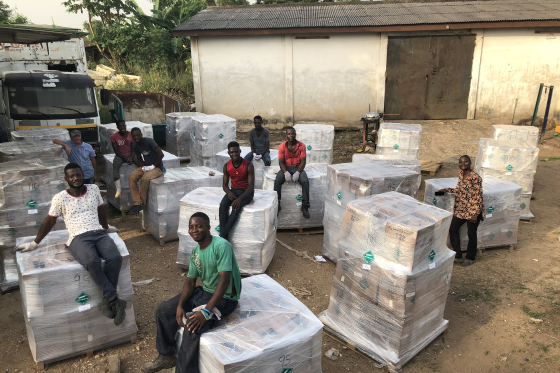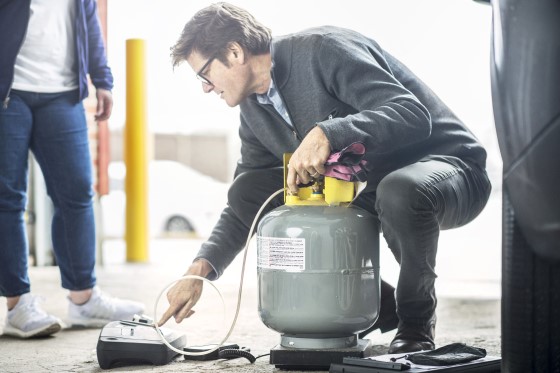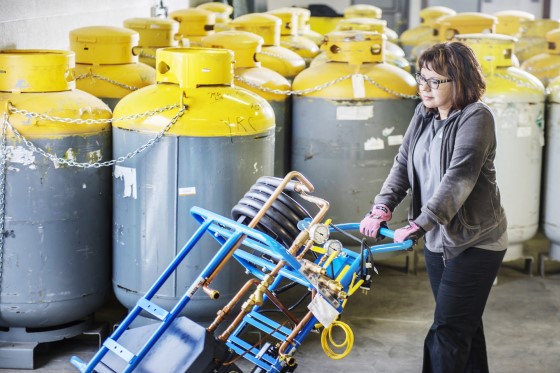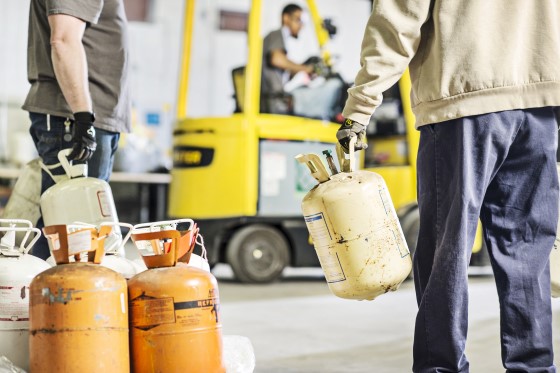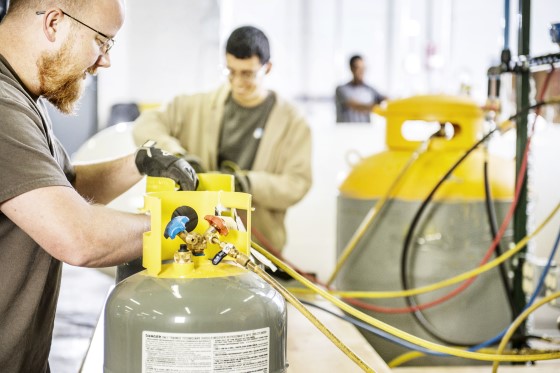Reducing carbon footprint is one of the most important goals on governmental, industrial, and individual level to tackle the climate crisis and its impacts. Developing CO2-emissions-reduction strategies to achieve carbon neutrality and the Paris Agreement's 1.5°C global warming limit is a challenging task for businesses and nations alike. On the way to net zero emissions, many companies, countries, and individuals use carbon offset to compensate for their carbon footprint – they invest in projects that reduce carbon dioxide or other greenhouse gas emissions in order to offset their own emissions. Carbon-offsetting is a supportive measure to the long-term target of reducing total emissions produced, and carbon-reducing measures implemented within industrial processes and supply chains play a critical role.
